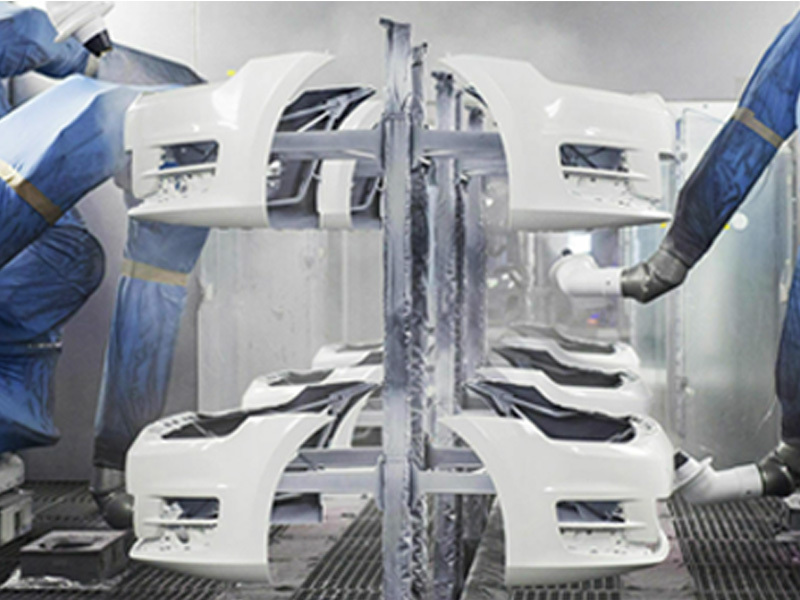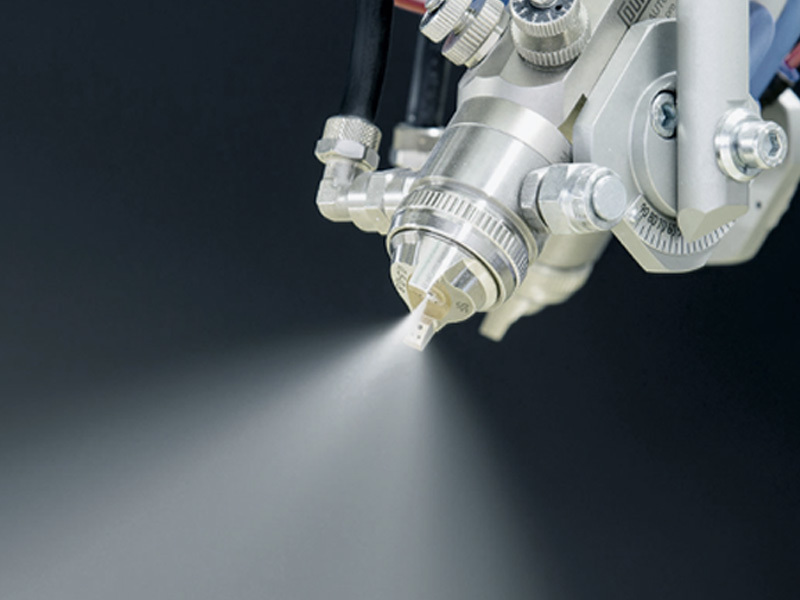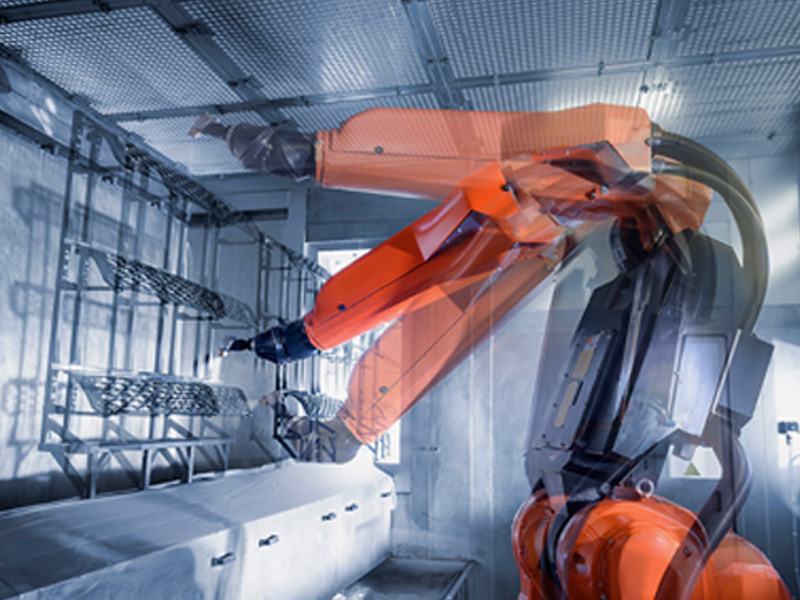Revolutionizing PCB Production: The Automated Circuit Board Spray Production Line
Release time:
2025-07-03
As the demand for high-quality electronics continues to surge, manufacturers are seeking efficient and reliable ways to enhance their production processes. One innovative solution that stands out is the automated circuit board spray production line. This system utilizes advanced technology to streamline the spraying process for printed circuit boards (PCBs), ensuring consistent quality and increas

As the demand for high-quality electronics continues to surge, manufacturers are seeking efficient and reliable ways to enhance their production processes. One innovative solution that stands out is the automated circuit board spray production line. This system utilizes advanced technology to streamline the spraying process for printed circuit boards (PCBs), ensuring consistent quality and increased productivity.
At its core, an automated circuit board spray production line employs robotic arms and precision nozzles to apply coatings, adhesives, or other materials to PCBs. The automation of this process significantly reduces human error, increases speed, and ensures uniform application across multiple boards. This is particularly important in industries where precision is paramount, such as telecommunications, automotive, and consumer electronics.
One of the most significant advantages of automated spraying technology is its ability to maintain high levels of accuracy. The use of sensors and advanced software allows for real-time monitoring and adjustment of spray parameters, ensuring that each circuit board receives the exact amount of material required. This not only enhances product reliability but also minimizes waste, making the production line more environmentally friendly.
Moreover, the automated circuit board spray production line can be integrated with other manufacturing processes, such as surface mount technology (SMT) and inspections, creating a seamless workflow. This integration reduces the need for manual handling, which can further decrease production times and labor costs. As a result, manufacturers can respond more swiftly to market demands and changes in consumer preferences.
In addition to efficiency, the use of automated spraying systems can lead to cost savings. By reducing material waste and increasing production speed, companies can achieve higher output levels without compromising quality. This optimization of resources is crucial in a competitive market where profit margins are often tight.
However, when considering the implementation of an automated circuit board spray production line, manufacturers should assess their specific needs and production volume. Factors such as the type of materials to be sprayed, the dimensions of the circuit boards, and the desired production speed will influence the choice of equipment. Partnering with experienced suppliers can help ensure that the selected system meets industry standards and regulatory requirements.
In conclusion, the automated circuit board spray production line represents a significant advancement in PCB manufacturing. By leveraging automation, manufacturers can enhance productivity, improve quality, and reduce costs, all while meeting the growing demands of the electronics industry. As this technology continues to evolve, it will undoubtedly play a crucial role in shaping the future of electronics production.
At its core, an automated circuit board spray production line employs robotic arms and precision nozzles to apply coatings, adhesives, or other materials to PCBs. The automation of this process significantly reduces human error, increases speed, and ensures uniform application across multiple boards. This is particularly important in industries where precision is paramount, such as telecommunications, automotive, and consumer electronics.
One of the most significant advantages of automated spraying technology is its ability to maintain high levels of accuracy. The use of sensors and advanced software allows for real-time monitoring and adjustment of spray parameters, ensuring that each circuit board receives the exact amount of material required. This not only enhances product reliability but also minimizes waste, making the production line more environmentally friendly.
Moreover, the automated circuit board spray production line can be integrated with other manufacturing processes, such as surface mount technology (SMT) and inspections, creating a seamless workflow. This integration reduces the need for manual handling, which can further decrease production times and labor costs. As a result, manufacturers can respond more swiftly to market demands and changes in consumer preferences.
In addition to efficiency, the use of automated spraying systems can lead to cost savings. By reducing material waste and increasing production speed, companies can achieve higher output levels without compromising quality. This optimization of resources is crucial in a competitive market where profit margins are often tight.
However, when considering the implementation of an automated circuit board spray production line, manufacturers should assess their specific needs and production volume. Factors such as the type of materials to be sprayed, the dimensions of the circuit boards, and the desired production speed will influence the choice of equipment. Partnering with experienced suppliers can help ensure that the selected system meets industry standards and regulatory requirements.
In conclusion, the automated circuit board spray production line represents a significant advancement in PCB manufacturing. By leveraging automation, manufacturers can enhance productivity, improve quality, and reduce costs, all while meeting the growing demands of the electronics industry. As this technology continues to evolve, it will undoubtedly play a crucial role in shaping the future of electronics production.











